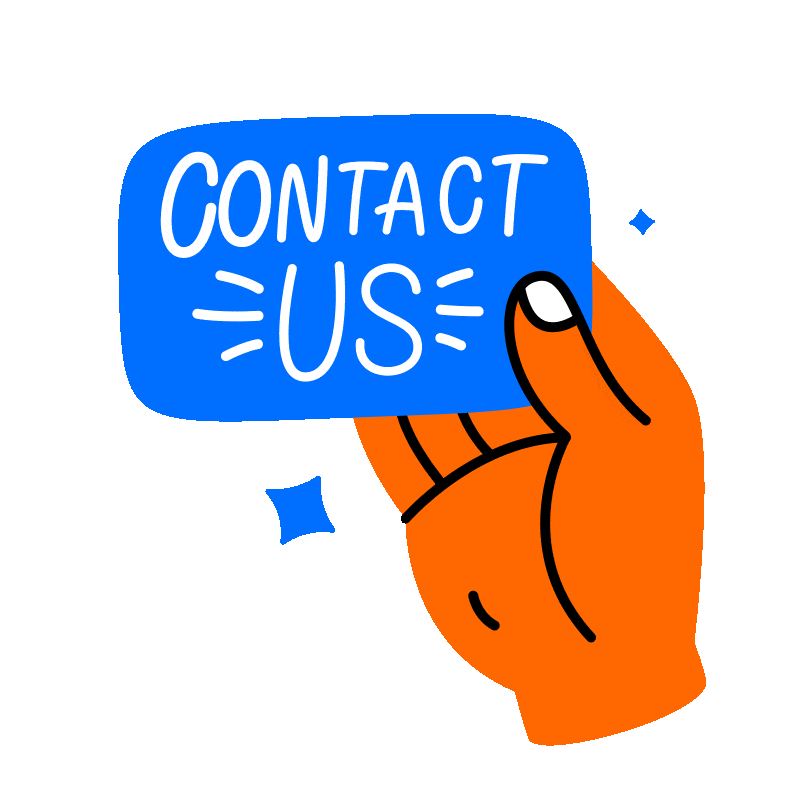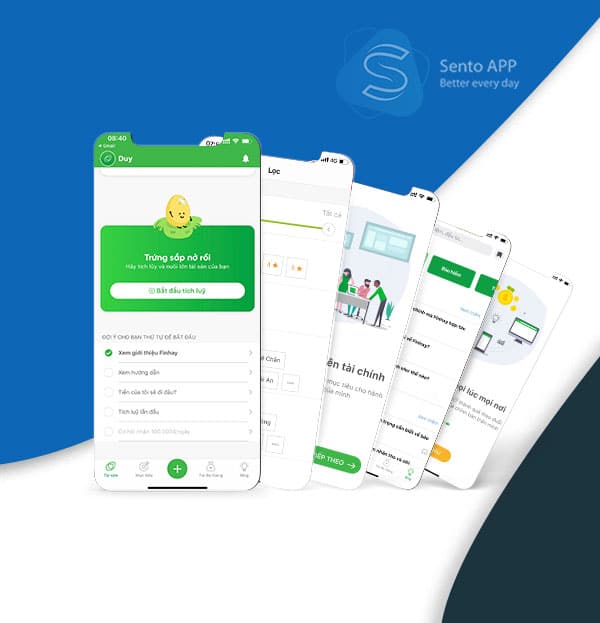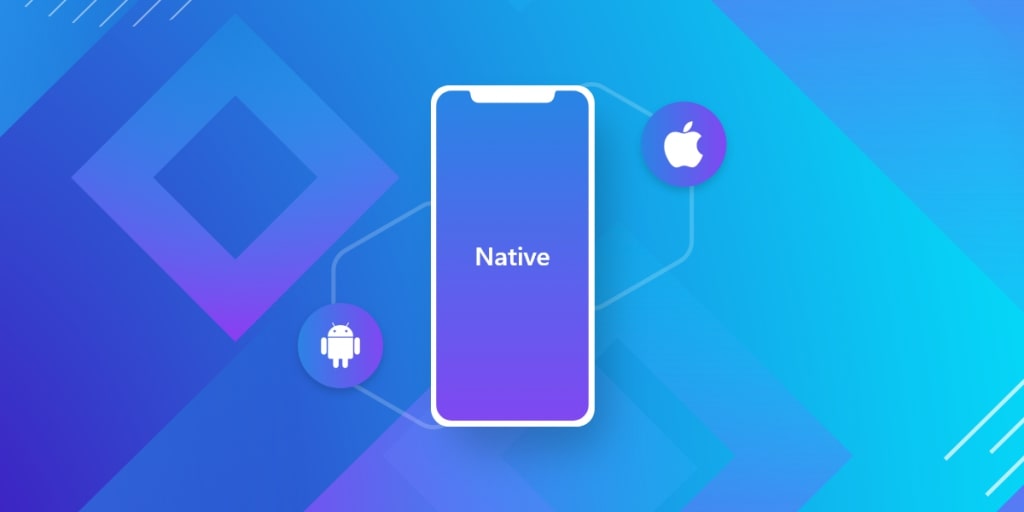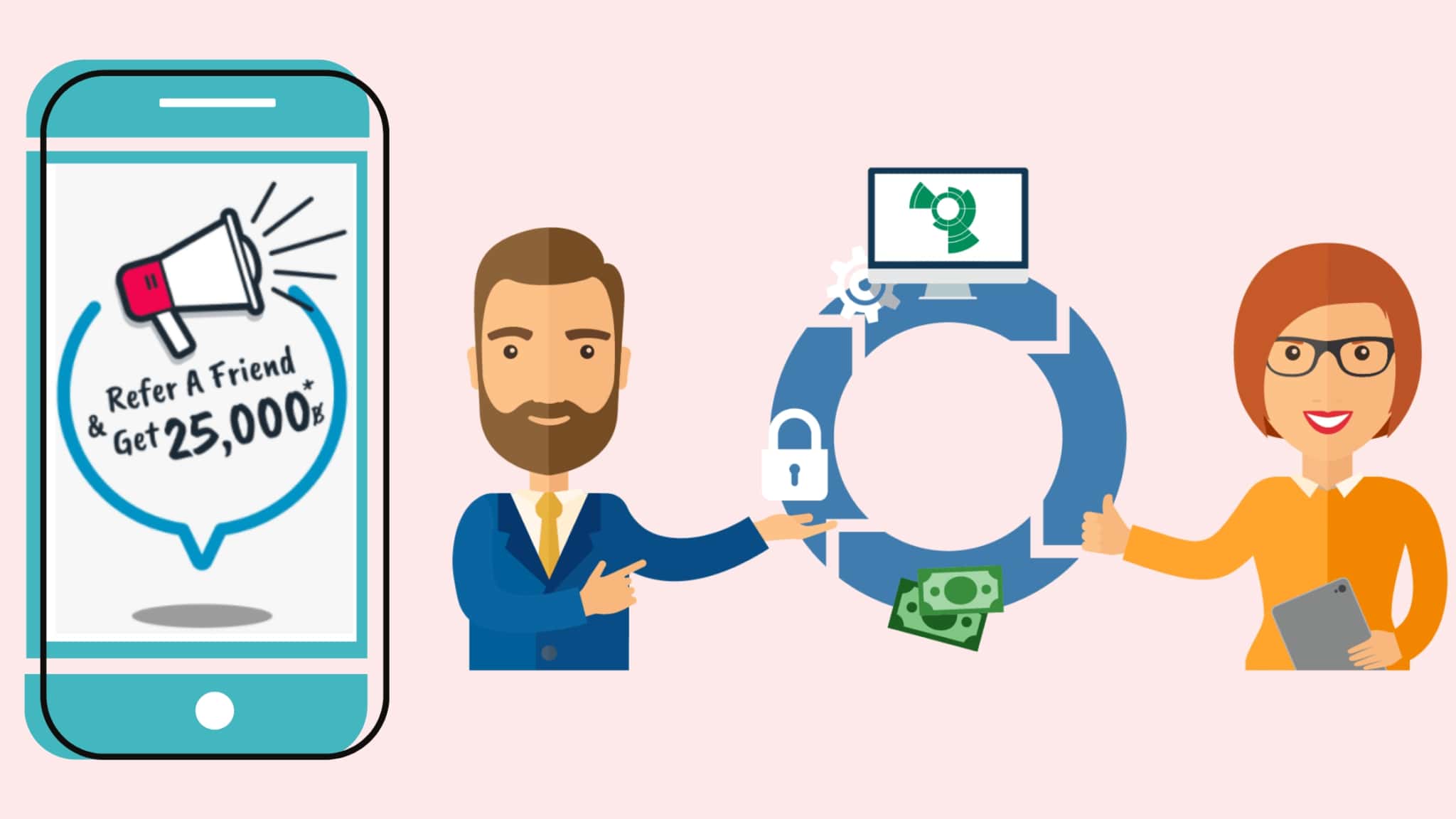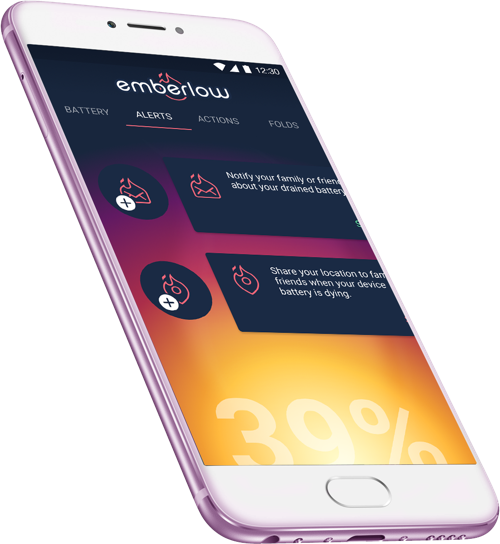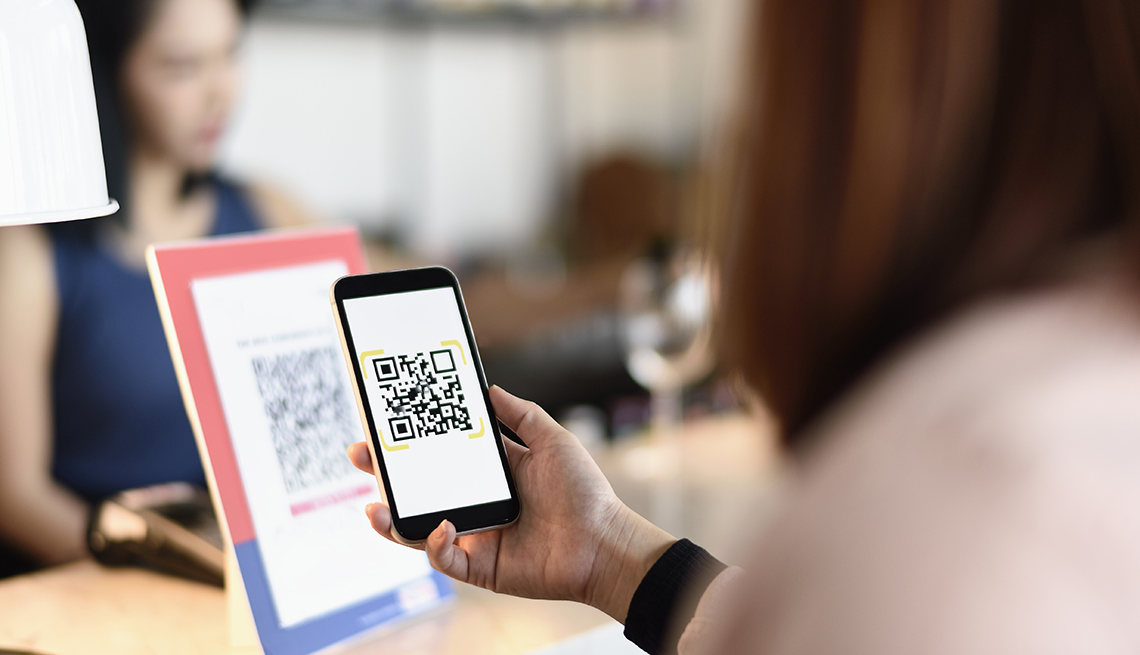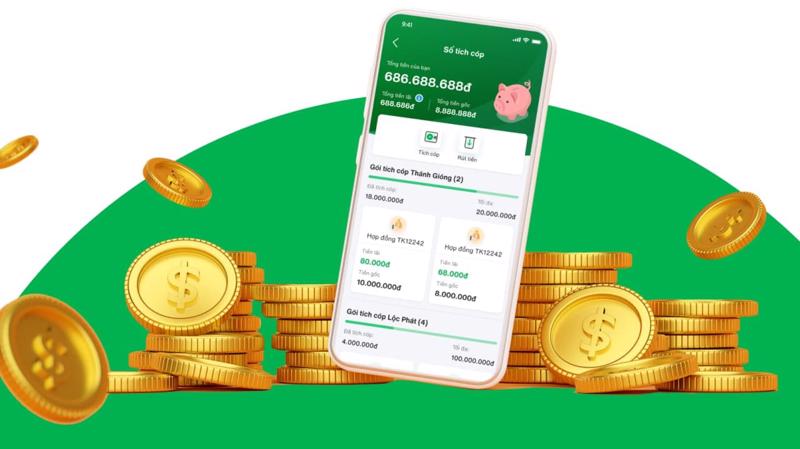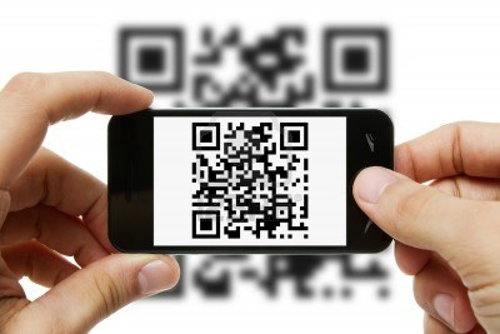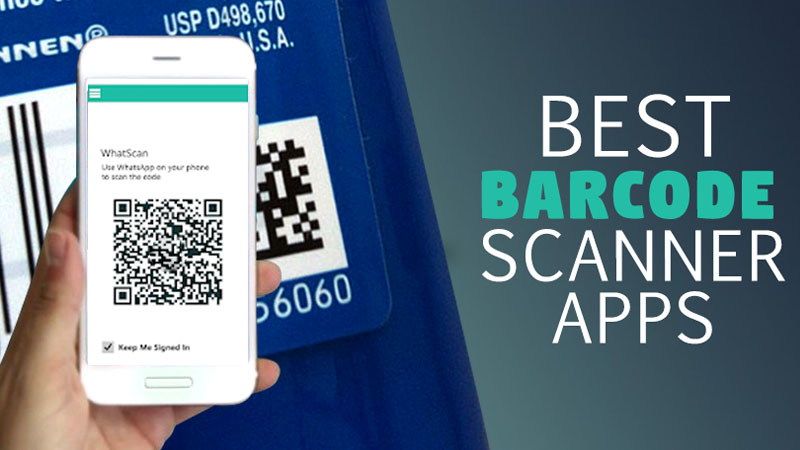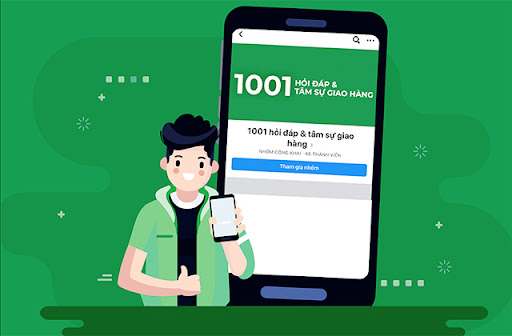Mobile App Knowledge
What are third-party applications?

A third-party app is an app created by a developer other than the manufacturer of the device the app runs on or the owner of the website that provides the app. Third-party applications may be welcomed or banned by the device or website owner.
For example, the Safari web browser app available on the iPhone is a native app created by Apple, but the App Store contains other web browser apps that Apple approved for use on the iPhone but did not develop.
Those apps are third-party apps. Facebook allows some apps it did not develop to operate on its social media site. These are third-party applications.
In this article, sento app design will help you better understand this issue!
I. Types of third-party applications

There are a number of different situations in which you may encounter third-party applications.
- Apps created for the official app stores of providers other than Google (Google Play Store) or Apple (Apple App Store) and that follow the development criteria required by those app stores is a third party application. Apps approved by the developer for a service like Facebook or Snapchat are considered third-party apps. If Facebook or Snapchat develops an app, it’s a native app.
- Applications offered through unofficial third-party app stores or websites created by parties not affiliated with the device or operating system are also third-party applications. Be cautious when downloading apps from any resources, especially unofficial app stores or websites, to avoid malware.
- An app that connects to another service (or its app) to provide enhanced features or access profile information is a third-party app. An example of this is Quizzstar, a third-party quiz app that requests access to certain parts of the Facebook profile. This type of third-party application cannot be downloaded. Instead, the application is granted access to potentially sensitive information through its connection to another service or application.
II. How native apps differ from third-party apps
Native apps are apps created and distributed by a device manufacturer or software creator. Some examples of native apps for iPhone are iTunes, Messages, and iBooks.
What makes these apps native is that they are created by the manufacturer for that manufacturer’s devices, often using proprietary source code. For example, when Apple creates an app for an Apple device like the iPhone, that app is a native app.
For Android devices, since Google is the creator of the Android mobile operating system, examples of native apps include mobile versions of Google apps such as Gmail, Google Drive, and Google Chrome.
Just because an app is a native app for one type of device, that doesn’t mean there can’t be versions of that app for other types of devices. For example, Google apps have versions that work on iPhone and iPad available through the Apple App Store. They are considered third-party apps on iOS devices.
III. Why do some services ban third-party apps?
Some services or applications prohibit the use of third-party applications for security reasons. Anytime a third-party app accesses profiles or other information from an account, it poses a security risk.
Account or profile information can be used to hack or clone accounts. In the case of minors, it could expose images and details about teenagers and children to potentially harmful people.
In the Facebook quiz example, until app permissions are changed in the Facebook account settings, the quiz app can access profile details to which it has been granted access.
If permissions are not changed, the app has access to the Facebook profile, even after the user has exited the app. It continues to collect and store details from Facebook profiles – details that could be a security risk.
Using third-party apps is not illegal. However, if the terms of use for a service or app say that third-party apps are not allowed, attempting to use one to connect to that service may cause your account to locked or disabled.
IV. Who uses third-party apps?
Third-party applications have many productive, entertaining, and informative uses. There are third-party apps that manage several social media accounts at once, such as Hootsuite and Buffer. Other third-party apps manage bank accounts from mobile devices, count calories, or activate home security cameras
